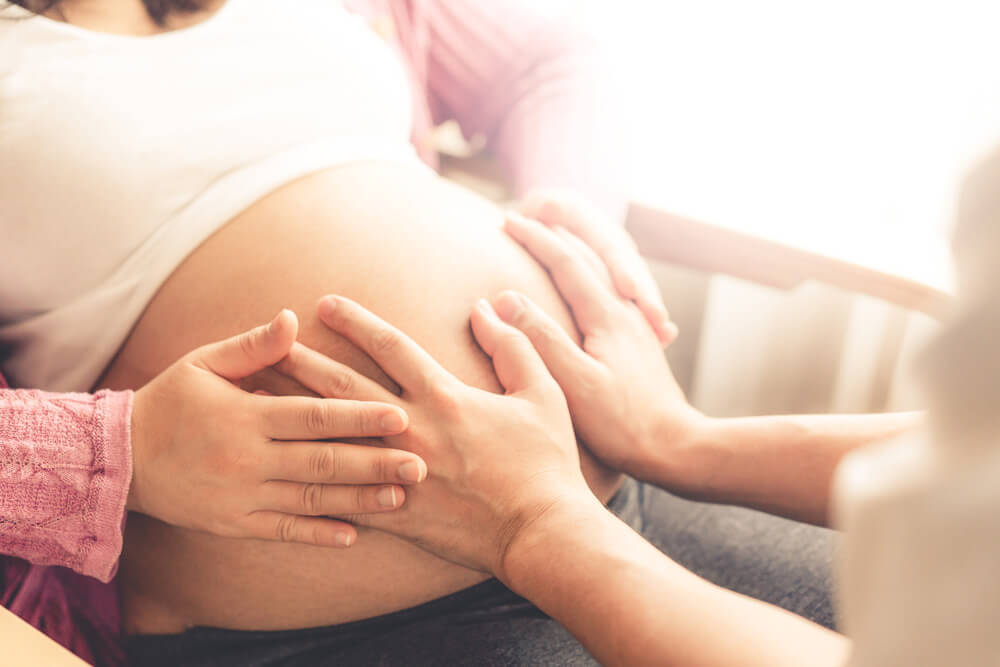- 07 85 82 54 29
- contact@gainlab.fr
- Mon - Fri: 9:00 - 12:00

Fertility problems are common and their causes are numerous. Infertility can be of female origin (20-30%), male (20-30%), both (30%) and sometimes of unexplained causes (25%).
Although ART procedures and the number of attempts have evolved since more than 20 years, the implantation rate remains low (22%) in both fresh and cryopreserved embryo transfers. This rate remains low and even if successful, infertility pathways can represent a significant source of stress for couples seeking pregnancy.
Some of the implantation failures are due to the difficulty in identifying the embryo(s) with a high implantation potential, and some others are due to the difficulty to find the best timing for embryo transfer into the uterus. In current practice, the selection of embryos eligible for transfer is based simply on the chronology of development and the morphological quality of the embryo: it is therefore a purely subjective and operator dependent procedure.
During each menstrual cycle, the uterine lining called the endometrium undergoes a cyclic renewal alternating phases of regression (menstruation), proliferation and maturation. These different phases are under the influence of ovarian hormones, estrogens and progesterone.
Coordinated variations in the concentrations of these hormones allow the synchronization of ovulation, fertilization and embryo implantation. As shown in the graph, increased LH (luteinizing hormone) surge causes ovulation. Just after ovulation, oocyte fertilization by spermatozoa can take place in the fallopian tubes.
During the following days, the embryo will develop by gradually migrating from the fallopian tubes to the uterus, site of the embryonic implantation. At the same time, the endometrium matures and when the progesterone reaches its peak of concentration, it becomes receptive to the embryonic implantation.

The endometrial receptivity window describes the timing of the cycle during which the endometrium is ready to host an embryo. The synchronization between the arrival of the embryo ready to implant and the endometrium ready to receive is therefore a key step for successful implantation.
A failure to synchronize the dialogue between the embryo and the endometrium may be one of the causes of embryo implantation failure in some women. Research conducted by the scientific team of GAIN has shown that the timing and duration of the implantation window is patient-dependent (Haouzi et al., 2021). On the other hand, we showed that 80% of patients who had repeated embryonic implantation failures had a delay of the implantation window, varying from 1 to 4 days.
Assessing the endometrial receptivity profile in women who have had repeated embryonic implantation failures is therefore essential to allow these women to reach a successful pregnancy. This strategy increases the live birth rate by a four factor (Haouzi et al., 2021).